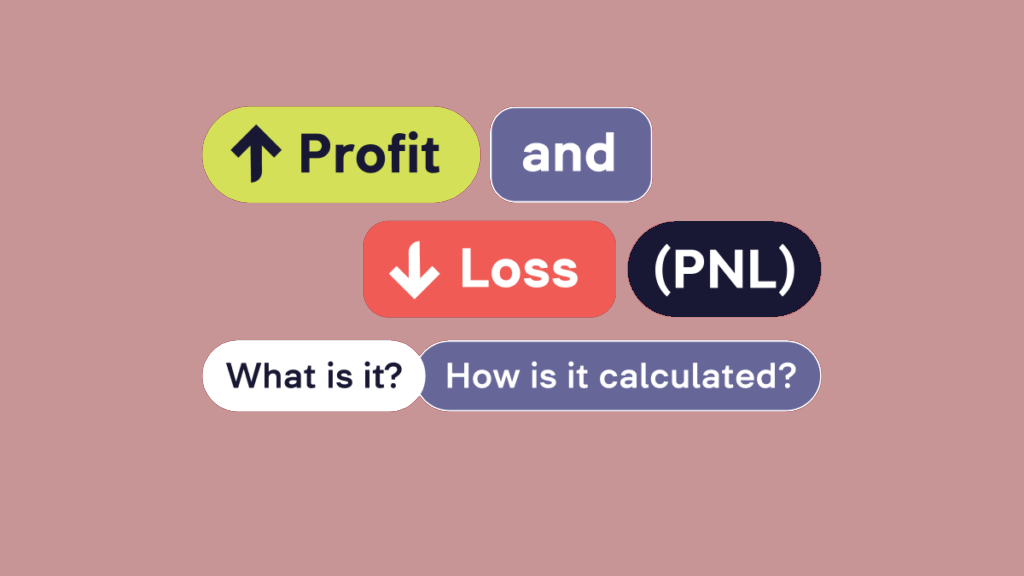The profit and loss of holding positions is opposite to the profit and loss of closing positions. Also known as book profit or loss or floating profit or loss. The price difference between the position value of the contract held by the trader at the settlement price on the day of trading closure and the original position value. Holding gains and losses are unrealized gains and losses, which are usually not recognized as investment income based on the principle of income realization in accounting accounts. However, due to the high risk of futures investment, it is necessary to disclose this information in order to provide decision related information to users of financial statements. Therefore, it can be reflected in the futures investment income account, or a secondary account can be set up under futures to reflect the profit and loss of positions, in order to distinguish it from the realized profit and loss of futures investment closing positions.

The following information is required to calculate the profit and loss of a position:
-Purchase price: The purchase price of a security or commodity
-Current price: current market price of Securities or commodities
-Number of holdings: The number of securities or commodities held by investors
The following formula can be used to calculate the position profit and loss:
Position gain/loss=(current price - purchase price) x holding quantity
For example, if an investor has purchased 100 shares of a company, the purchase price is $10/share, and the current market price is $15/share, then the position profit and loss of the investor is:
($15- $10) x 100 shares=$500
Therefore, the investor's current holding profit is $500. If the current market price is lower than the purchase price, the position profit and loss is negative, indicating the position loss.
【 EBC Platform Risk Reminder and Disclaimer 】: There are risks in the market, and investment needs to be cautious. This article does not constitute investment advice.



























